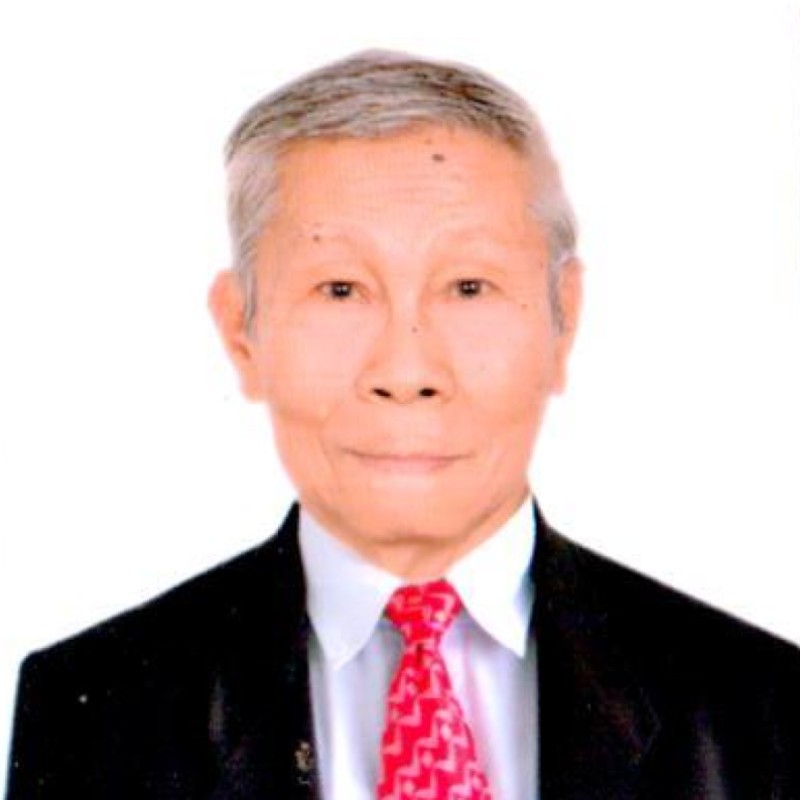GLIMPSES & GAZES
By Severino C. Samonte
How the former Novaliches town was dismembered 75 years ago?
Share
Exactly seven decades and five years ago this coming July 17, the then two-year-old First Philippine Congress (1946-1949) enacted Republic Act 333 which made Quezon City the new capital of the country in place of Manila.
The new law was signed by then President Elpidio R. Quirino (1948-1953) who, shortly after his official stay in Malacañang, decided to build his summer rest house atop a hill overlooking the scenic La Mesa dam and reservation in Novaliches as well as the towns of Rizal and Bulacan provinces.
RA 333, together with its amendatory RA 392 a year later, provided for the doubling of the original area of Quezon City to 15,359 hectares from the original 7,355 hectares conceived by its founder, former Commonwealth President Manuel L. Quezon, in October 1939 under Commonwealth Act 502.
This necessitated the relocation of the QC boundary northward, thus slicing almost at the middle of the former Novaliches town of the provinces of Bulacan (1855-1858), Manila (1858-1901) and Rizal (1901-1903).
As a result, half of Novaliches was annexed to the then nine-year-old QC, while the rest remained with Caloocan town, which became a city in February 1962.
Not only that, many of the former barrios of Novaliches were also divided in the process, partly belonging to either Quezon City or Caloocan City until today.
The barrios of Baesa, Talipapa, San Bartolome, Pasong Tamo, Novaliches Poblacion, Banlat, Cabuyao, Pugad Lawin, Bagbag, Pasong Putik and others which formerly belonged to Novaliches and had an area of about 8,100 hectares, were taken from Caloocan and ceded to Quezon City.
Old Novaliches residents said the "mutilation" of their former town was done without a plebiscite or referendum.
A grandiose and impressive plan for QC was presented to the Novaliches residents, including wide and long roads extending to Bulacan and Rizal provinces. Among these planned thoroughfares were Republic Avenue, Luzon Avenue, Visayas Avenue, Mindanao Avenue, Congressional Avenue and Katipunan Avenue.
However, most of these plans were never implemented and just remained on the drawing board, prompting then President Ferdinand E. Marcos in 1976 to issue Presidential Decree No. 940 invalidating the designation of QC as Philippine capital and restoring such a position to Manila.
Despite that amendment made by President Marcos to Commonwealth Act 502, RA 333 and RA 392 in 1976, the divisive state of Novaliches remains.
For the past seven decades since 1947, the people of Novaliches have been clamoring for the restoration of Novaliches either as a town again or a city, but their desire remains just a dream.
On Feb. 23, 1998, then President Fidel V. Ramos signed in Malacañang RA 8535 that provided for the birth of Novaliches City. A plebiscite for its ratification was set and held on Oct. 23, 1999.
Unfortunately, the "YES" votes of 47,000 were overwhelmed by negative votes because voters from all 142 barangays of Quezon City were allowed to participate in the plebiscite, instead of just the separating barangays.
The original bill presented in the House of Representatives in 1992 by then Quezon City Second District Congressman Dante V. Liban provided that only the voters of the barangays proposed to compose Novaliches City would participate in the plebiscite as required by the Local Government Code.
The measure was amended in the Senate upon the representation by then Mayor Ismael A. Mathay Jr. The amendment allowed all registered voters of QC's 142 barangays to take part in the plebiscite, which proved detrimental to the move of the Novaliches folks to again have their own local government unit.
Until today, the people of Novaliches are asking: "Where is justice in the case of Novaliches?" When it was removed from the country's map and annexed as a barrio of Caloocan, Rizal in 1903, there was no plebiscite. When it was divided between Quezon City and Caloocan in 1948, there was no need for a plebiscite.
The Novaliches people could not understand why when they moved for the restoration of their former town as an independent LGU, a Quezon City-wide plebiscite was necessary.
Comments
About the Columnist

He began his journalistic career by contributing to the Liwayway and Bulaklak magazines in the 1960’s. He was the night editor of the Philippine News Service when Martial Law was declared in September 1972. When the Philippine News Agency was organized in March 1973, he was named national news editor because of his news wire service experience.
He retired as executive news editor in 2003. He also served as executive editor of the Malacanang-based Presidential News Desk from 1993 to 1996 and from 2005 to 2008.
